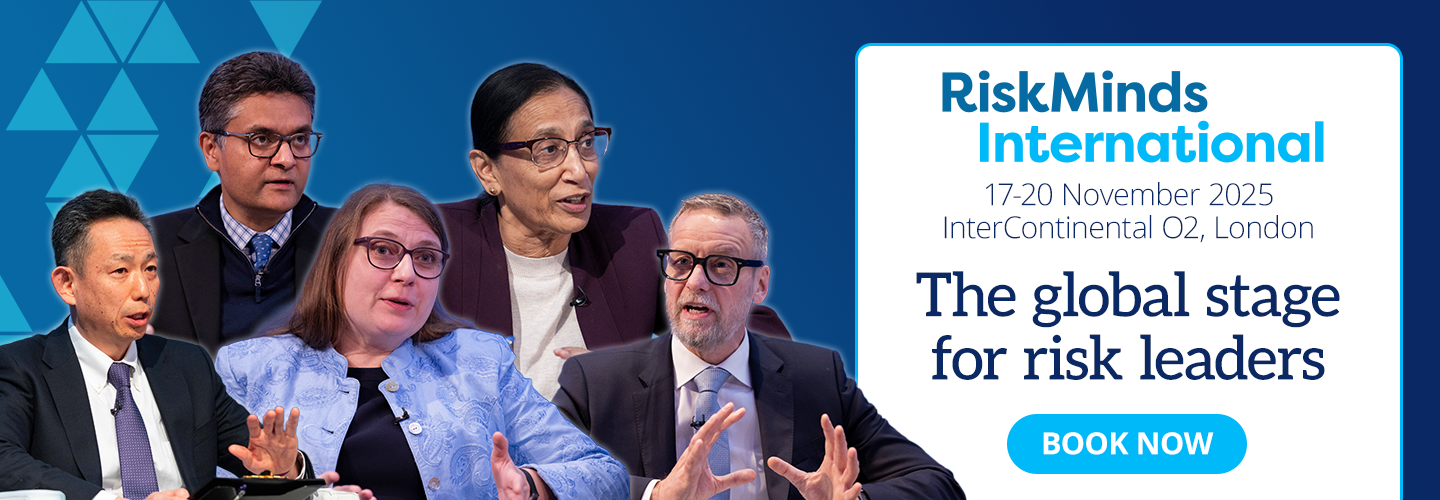Succession planning in risk leadership: Sustaining foresight beyond the individual

Across industries, organisations are upgrading their risk frameworks, enhancing cybersecurity, and embedding ESG into governance. Yet, one critical vulnerability that remains overlooked and underestimated is succession planning in risk leadership. Many organisations still treat succession in risk leadership as a technical continuity exercise instead of a strategic resilience imperative.
When a Chief Risk Officer (CRO) leaves, it’s not just a leadership gap, it’s a strategic exposure which creates dangerous gap. The organisation loses not only just a person, but technical knowledge, risk intuition, institutional foresight, pattern recognition and moral judgment that define resilient decision-making.
Traditional succession planning focuses on replacing individuals. However, future-focused organisations must shift toward sustaining risk foresight, ensuring the organisation’s capacity to sense, interpret and adapt to complex risks survives every leadership transition. It should be about ensuring that the organisation’s risk intelligence endures and remains part of the board’s annual agenda, with visible ownership from the chair and CEO.
Succession should not ask ‘Who can take over the role?’ but ‘How do we maintain our strategic ability to think about uncertainty and build resilience?’ Here are some of ideas:
Make the circle bigger
Create a risk shadow board made up of talent across various levels who mirror the actual risk committee. This will expose high-potential talent to board-level decision making early and accelerates experiential learning while diversifying thinking at the top.
I have also founded the CRO Round Table (CRO World Café) from CROs around the globe, and one of the focus areas is developing future CROs, which can be used for bench strength within the fraternity.
Use simulations as succession accelerators
Explore using risk simulations together with traditional leadership assessments, to test potential successors in real conditions. This helps with the identification of who can lead under pressure and make data-driven decisions quickly. Furthermore, this doesn't just plan for a person to fill a role, but for a future context to be managed effectively.
Using various tools, map the behavioural DNA of top-performing risk leaders on things like cognitive biases, decision patterns, and stress responses, to identify and nurture similar traits in emerging talent.
Cross-disciplinary and generational grooming
The next generation of CROs will be shaped through structured risk rotation and exposure to technology, geopolitics, behavioural science, sustainability, and ethics. Future risk environments demand leaders who can think across boundaries, synthesize complexity and are fluent in multiple languages of resilience. This view of the ecosystem ensures that when one leader moves on, the collective intelligence of risk thinking remains intact.
Cross-generational mentoring ensures that experienced CROs cultivate successors who inherit judgment and wisdom, not just technical skill.
Risk leadership incubator programmes
Combine leadership development with scenario foresight and cognitive bias training. Use AI-driven knowledge management to capture institutional risk insights before leadership transitions. Build ‘living risk playbooks’ which are continuously updated with decisions, rationales, and lessons learned. This enables new successors to inherit not just authority, but contextual intelligence.
The future CRO
The role of the CRO is shifting from protector of the organisation to strategic navigator of uncertainty and purpose. The CRO of tomorrow will no longer be the compliance gatekeeper but the strategic navigator of complexity, a board-level influencer, shaping how the organisation perceives and manages uncertainty.
Five qualities will define these future-ready CROs:
1. Hindsight, insight and foresight
They will understand the interdependence and interconnectedness of risks and anticipate second and third order effects. They will ask: ‘What system produces this risk, and how might it evolve?’ They shift from risk identification to risk sense-making, seeing the invisible threads between trends, triggers and transformations.
2. Guardian of organisational conscience
They must possess the courage to tell the truth and hold the mirror to power even when inconvenient. They challenge biases and confront group-think, short-termism or political pressures. In a world of escalating stakeholder scrutiny, ethical dissent will become a leadership strength. They shift from defender of policy to guardian of organisational conscience.
3. Adaptation and agility
Future CROs must be agile learners who are able to leverage data analytics, scenario planning, and simulations to navigate uncertainty. They will manage unknown unknowns through curiosity, not control. They must be fluid thinkers who are able to operate confidently in BANI (Brittle, Anxious, Non-linear and Incomprehensible) environments. They will have to thrive in unstructured environments, where traditional models and static frameworks no longer apply. They shift from control and prediction to agility and adaptation.
4. Strategic interpreter
Tomorrow’s risk leaders will guide decisions not through command, but through influence, education, and persuasion. They will translate risk language into actionable insight for boards and executives alike. The best CROs will become chief educators of risk culture, shaping how others think. This calls for a shift from compliance communicator to strategic interpreter and educator.
5. Purpose-driven leadership
The legitimacy of risk leadership will rest on connecting enterprise resilience with environmental and social responsibility. The future CRO must lead with purpose, ensuring decisions align with broader human and planetary well-being. They will have to integrate ESG, ethics, and sustainability into enterprise risk frameworks and realise that it's no longer about risk avoidance but purpose-aligned risk-taking.
In conclusion
Resilient organisations don’t just recover from crises, they regenerate leadership capacity after them. The true test of risk maturity is how fast an organisation can replace foresight, judgment, and credibility when disruptions occur.
The organisations that will thrive in the next decade are not those that predict risk best but those that renew risk leadership fastest.
Because in a world of perpetual disruption, the ultimate form of resilience is not preparedness, it is leadership continuity in the face of uncertainty.

